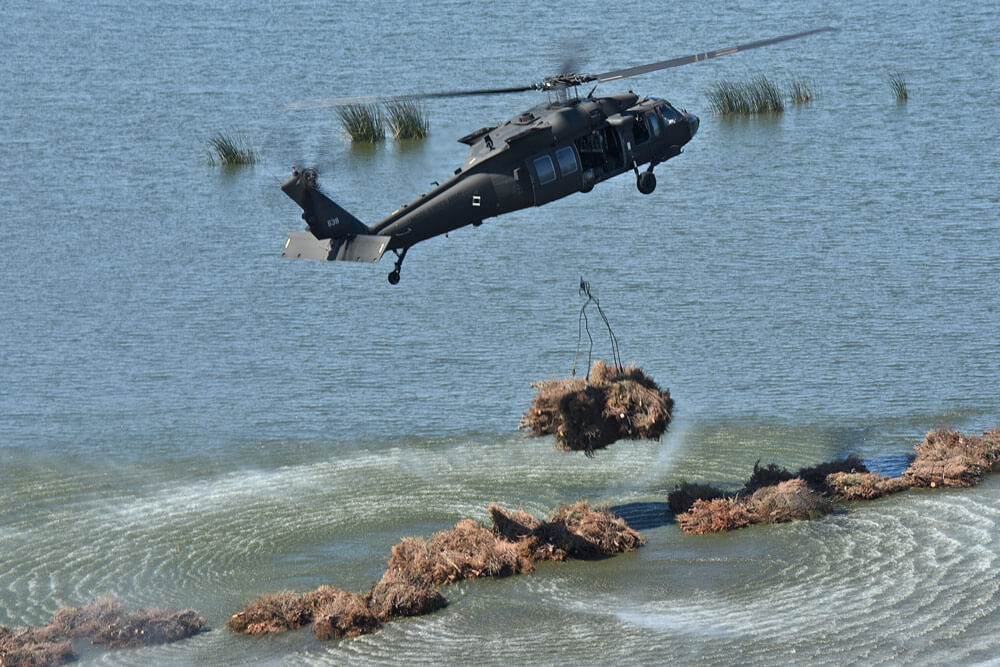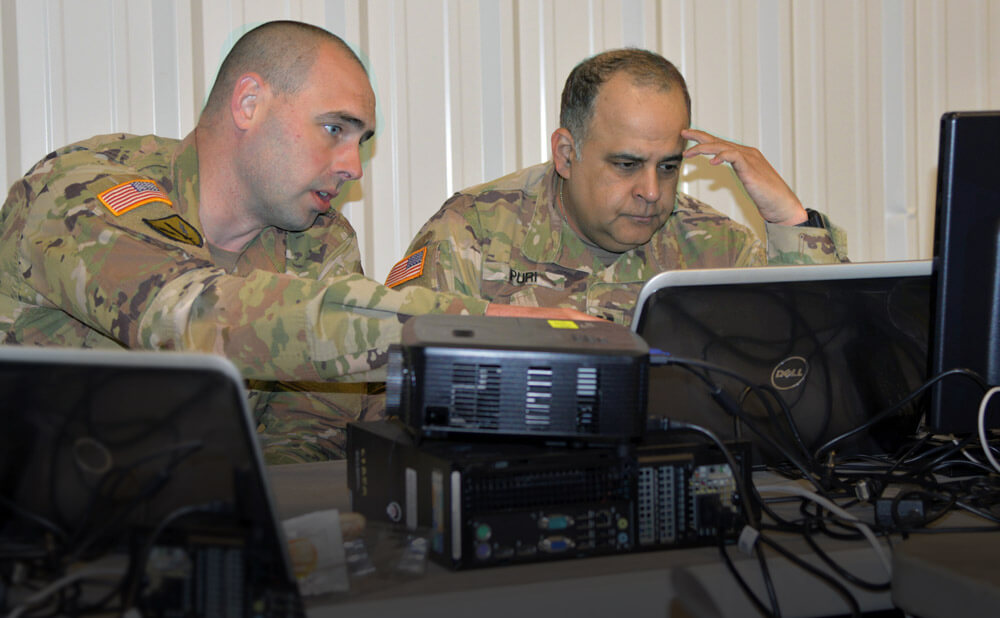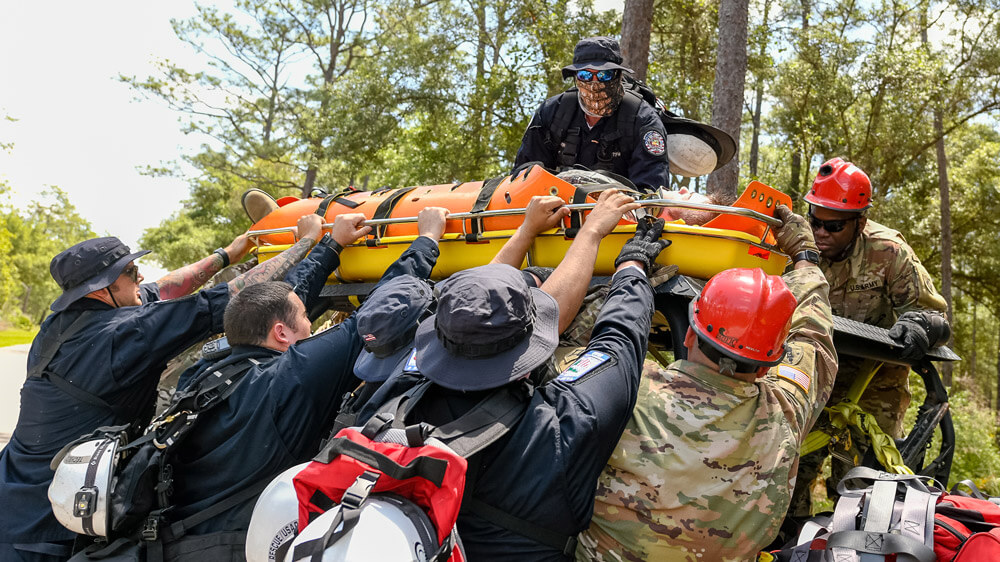The Louisiana Army National Guard’s 1st Assault Helicopter Battalion, 244th Aviation Regiment and Forward Support Company, 205th Engineer Battalion, supported the U.S. Fish and Wildlife Service during the annual Christmas Tree Drop March 14 in the Bayou Sauvage National Wildlife Refuge (NWR) in New Orleans East.
During the operation, Louisiana Army National Guard aviators and engineers dropped bundles of recycled Christmas trees provided by Orleans Parish residents into key areas to rebuild marshland in Bayou Sauvage. This process creates new marsh habitats by building structures that can support native marsh grasses, which trap and hold sediment, creating more land.
The project has re-established hundreds of acres in the Bayou Sauvage NWR over the last 23 years. This year, the Louisiana Army National Guard and the U.S. Fish and Wildlife Service placed about 8,000 Christmas trees.
“Bayou Sauvage is the second-largest urban wildlife refuge in our system of over 544 refuges in the United States,” said Shelley Stiaes, refuge manager for Bayou Sauvage, Mandalay and Bayou Teche National Wildlife Refuges. “It’s very important for creating waterfowl habitat. … We have seen several acres of emergent marsh growth over the past 23 years that we have been doing this program.”
Stiaes said that in addition to creating a wildlife habitat, rebuilding eroded marshlands in the area is important because they act as wave breaks that protect against flooding in New Orleans East from storm surge during hurricanes.
“This is important because we’re helping our community by restoring the coastline while we get valuable training time,” said CW3 Gabriel Ruiz, the Louisiana National Guard officer in charge of the operation. “Sling-load training opportunities don’t come very often, so when we get an opportunity to train this way, there’s a lot of value to it.”
CW3 Ruiz said the benefits of this training were visible as recently as two years ago, when Louisiana National Guard flight crews dropped countless sling-loaded sandbags into breached levees to slow floodwaters.
“You have to be pretty precise in sling-load operations, but it’s more about communication than anything,” CW3 Ruiz said. “Once we get over a load, the pilots can’t see anything, so they rely on the directions they get from the crew member in the back of the helicopter who is looking at the load while they fly.”
CW3 Ruiz said the opportunity to participate in the Christmas Tree Drop every year is invaluable for developing skills in a controlled environment. As a result, flight crews are ready to complete their missions quickly and efficiently when the need arises.
“We could not do this project without the National Guard,” Stiaes said. “When we started this project, it was very labor-intensive, and once we partnered with the Guard, we were able to do this project in a matter of hours instead of weeks.”
BY SGT Garrett Dipuma, Louisiana NATIONAL GUARD



